India Again! Part 1: Goa
I’ve wanted to go back to India ever since my first trip there almost five years ago. (See https://blog.lkephotography.com/india-part-1/) So I was thrilled when my sister and her husband invited me to join them there last month. It wasn’t quite like the first time: the newness was gone, and my excitement somewhat tempered, but it is still such a wonderful place! This will be the first in a series of posts to share the sights and my impressions… how I wish I could share the sounds, smells, and flavours!
The beach
I caught up with Debra and Rob, already on their trip, in Cola Beach, Goa (one of India’s 28 states). The beaches in Goa attract tourists from around the world, especially Europe and Russia as well as India, and there’s no shortage of beachfront hotels and restaurants that set tables out on the sand, lighting candles at sunset. Not having spent time in touristy, beachy areas before, we weren’t used to seeing the bikinis and strappy dresses. Deb and I had brought more modest clothing and I was definitely missing the short, sleeveless summer dresses I had left at home.
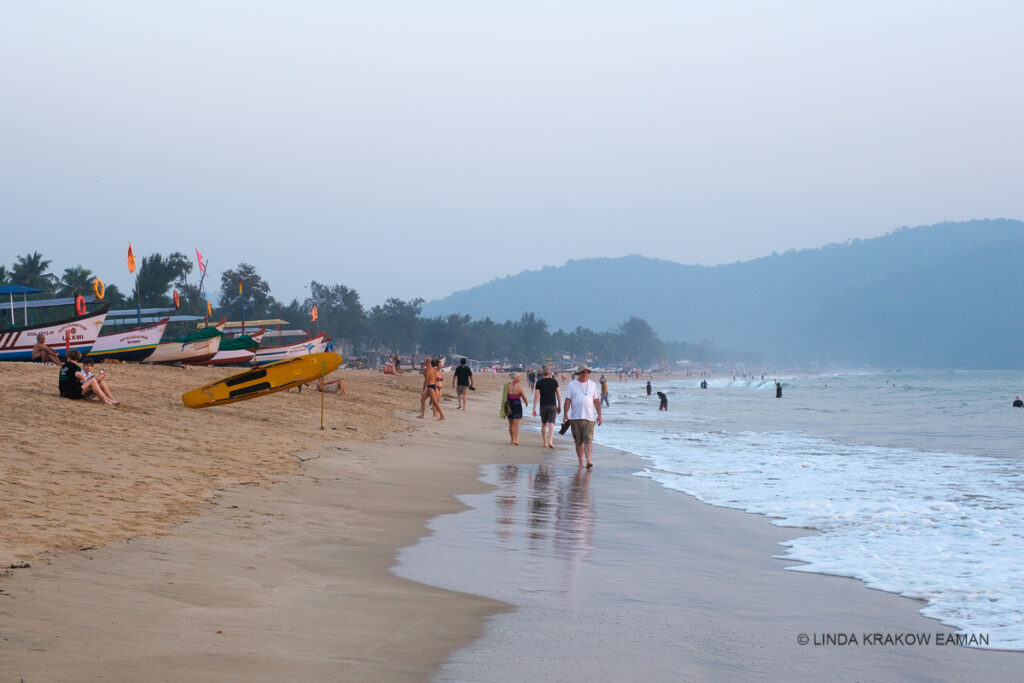
Cola Beach, closer to our hotel, was a little quieter.
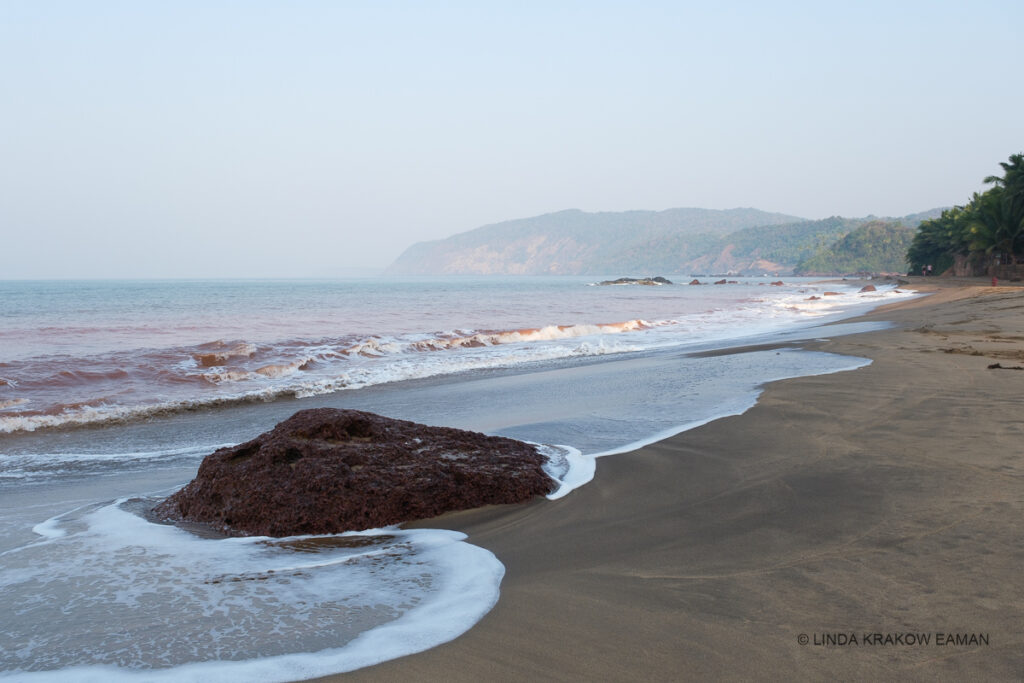
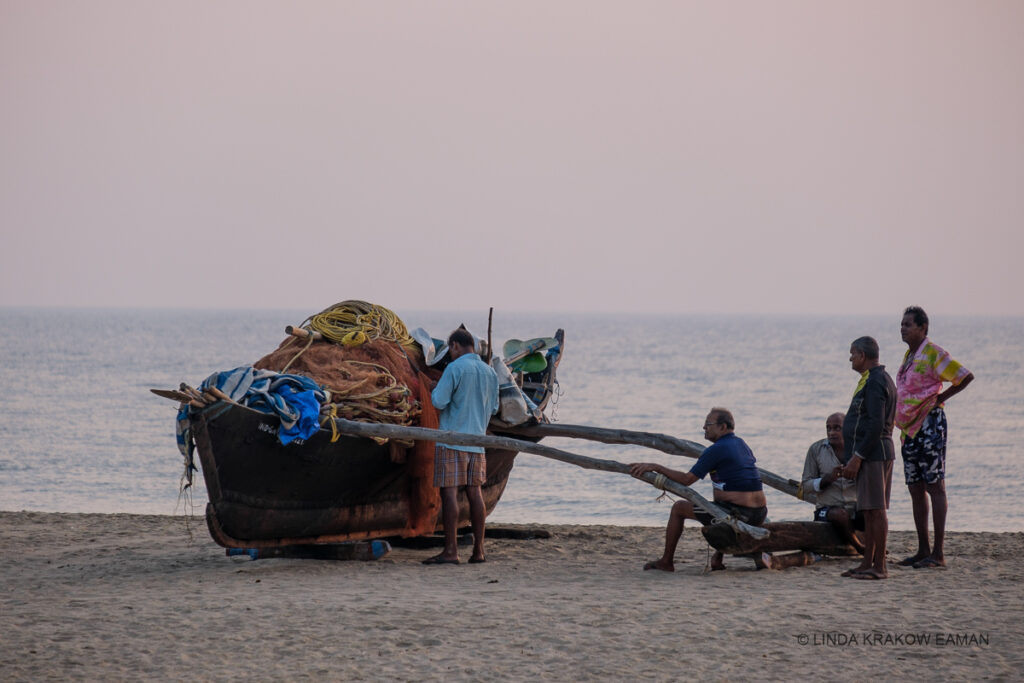
Through the jungle, to the fishing boats
Our hotel was a little outside the main tourist area and the nearest town, Agonda, was about two kilometers away. The most direct route there took us on a hot, dusty, bumpy dirt track through the jungle. Looking at a map you can see this is a shortcut, but no one ever suggested we go the long way. We enjoyed the walk, and laughed our way through the crazy bumpy drives when we rode in a tuk-tuk or car.
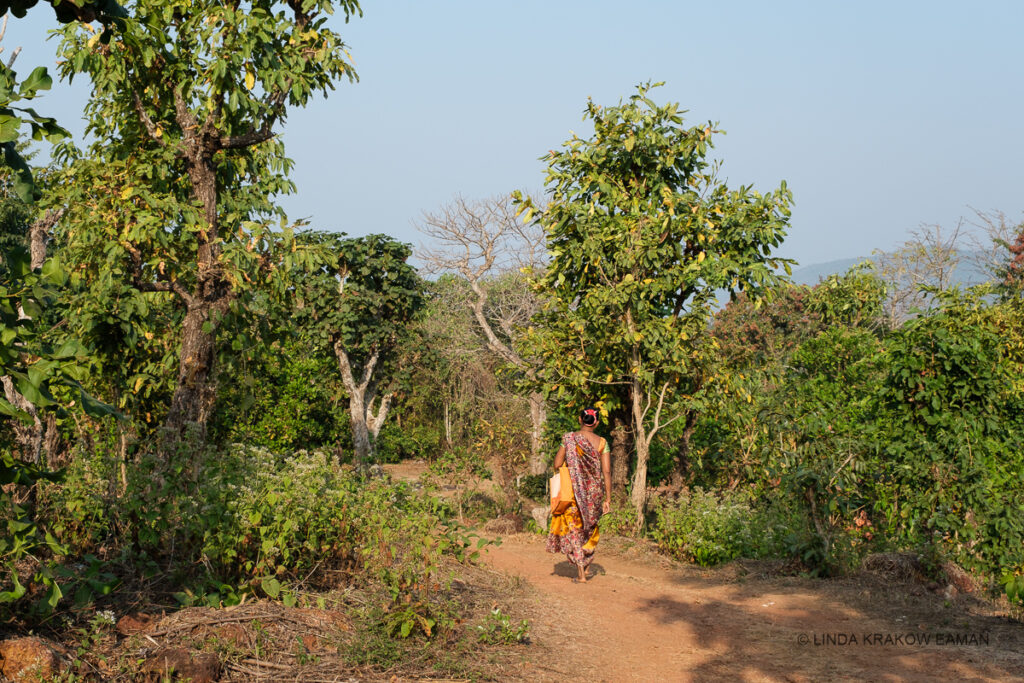
Agonda is a fishing village, and as we crossed the bridge on the way to town, we would see the boats pulled up for the day, the men working on the nets. They go out in these small boats most nights, returning with their catch early in the morning.
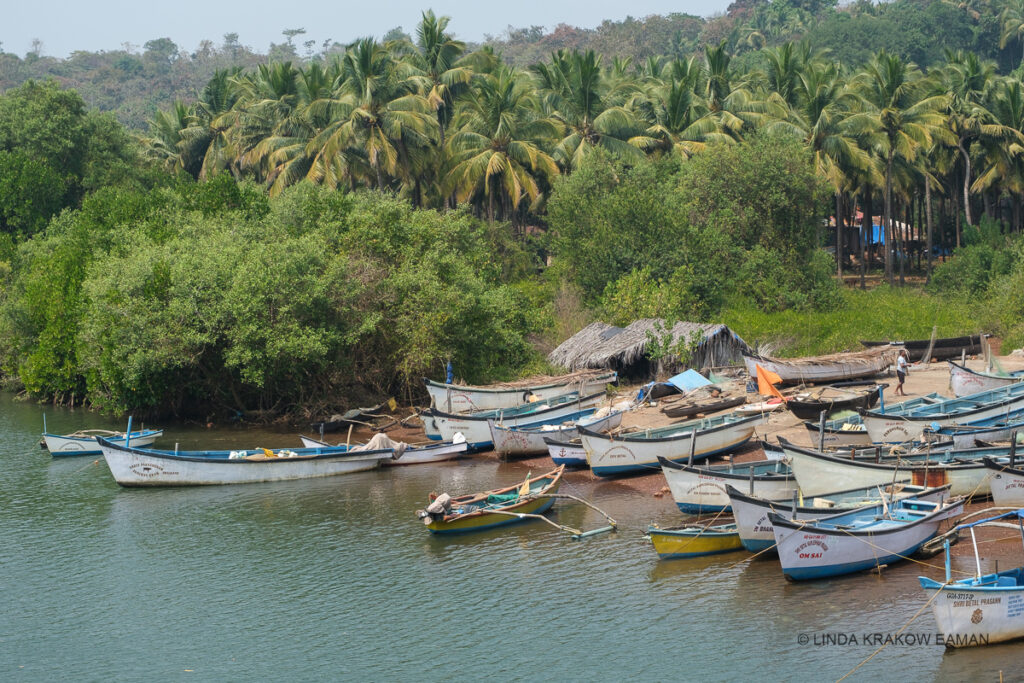
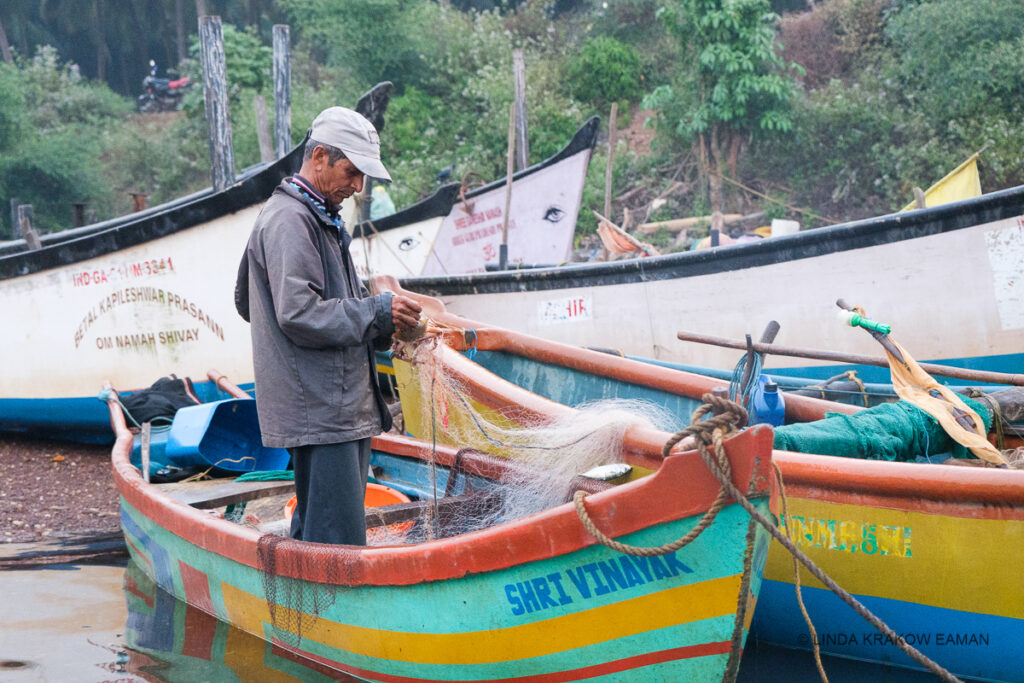
A group of women–the fishermen’s wives, we were told–sit on the bridge all day, in the broiling sun, to sell the fish.
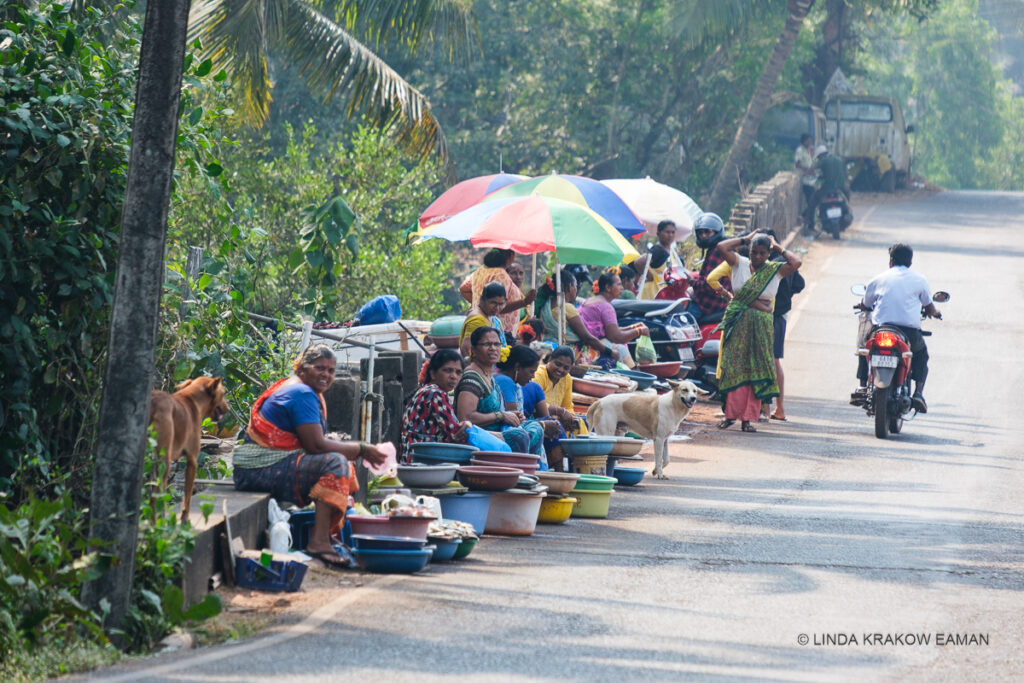
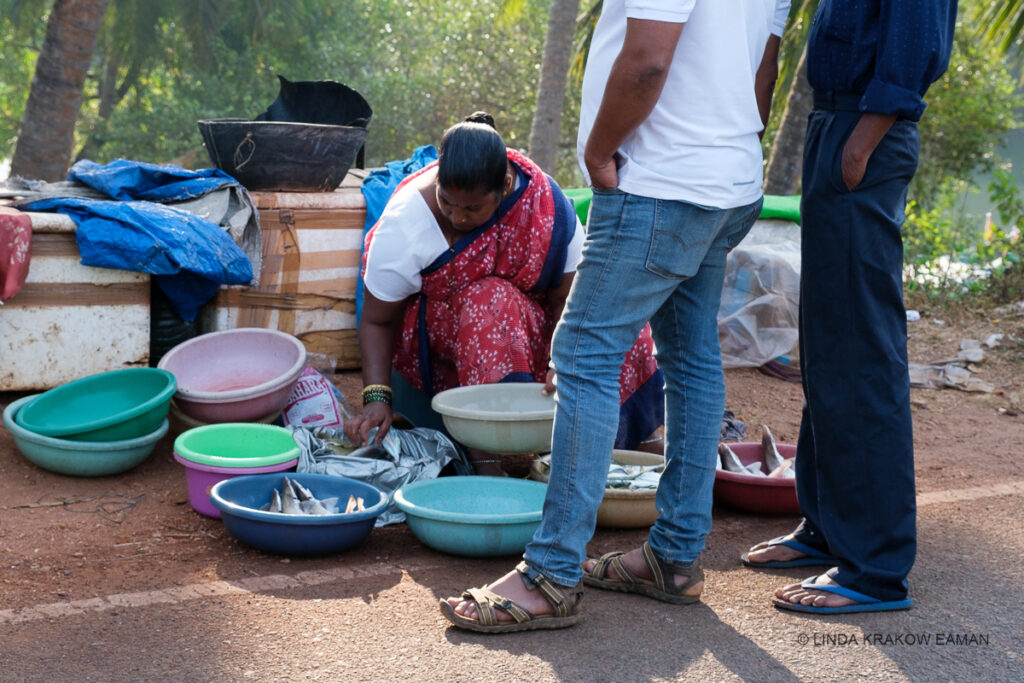
Bat Trees
Walking a little further, on the edge of town we found the “bat trees”. They’re even marked on Google Maps! If you look carefully you can see dozens of fruit bats, also known as flying foxes, hanging from the trees in the heat of the day. At dusk they leave the trees to hunt.
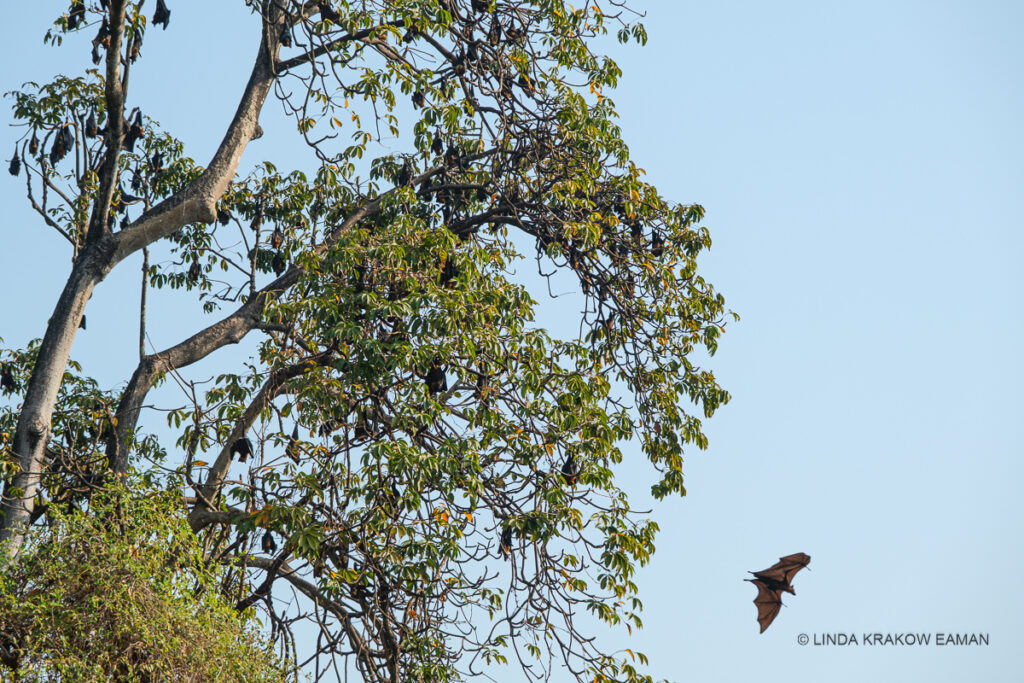
The town of Agonda
Other than fishing, the main business in Agonda seems to be tourism. The main road is mostly restaurants, hotels, and shops selling clothing and souvenirs. A bit repetitive, but fun to shop and explore!

Cows wander the streets. Some of them clearly belong to people, while others seem to be feral. Unfortunately in some places we saw no fields for them to graze in, and they seem to subsist largely on garbage.

Our favourite mode of transportation is the auto-rickshaw, aka “auto” or (my favourite) “tuk-tuk”.
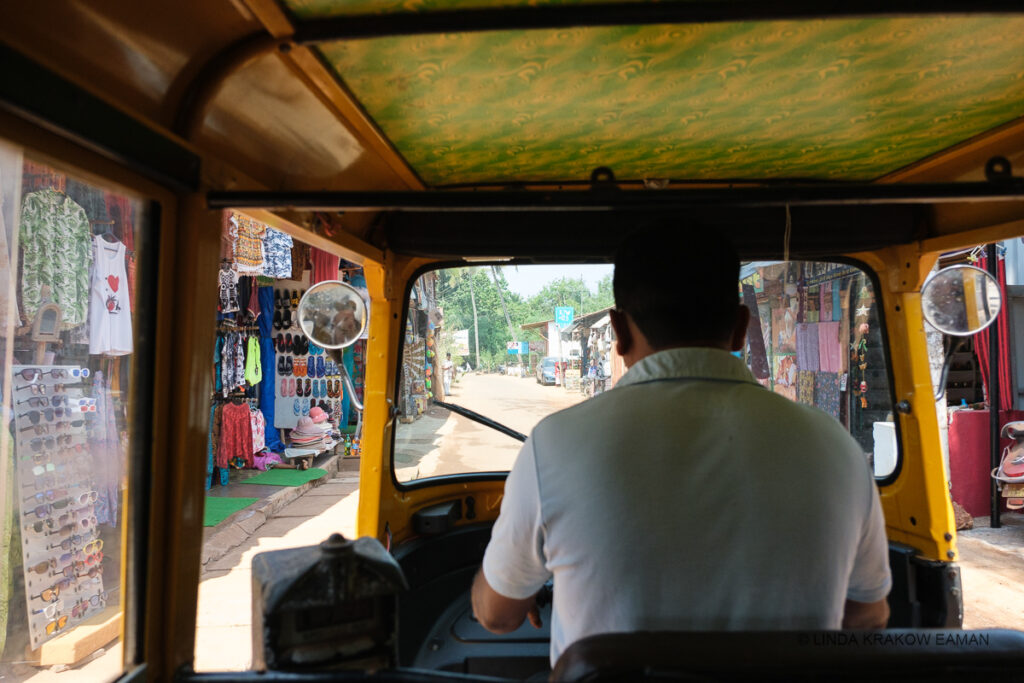
This is the Catholic church with a school attached, at recess time. Goa was a Portuguese colony for 450 years, until 1961–so much of the architecture is in this style. We met several locals who told us their families (grandparents, for example) were Portuguese.
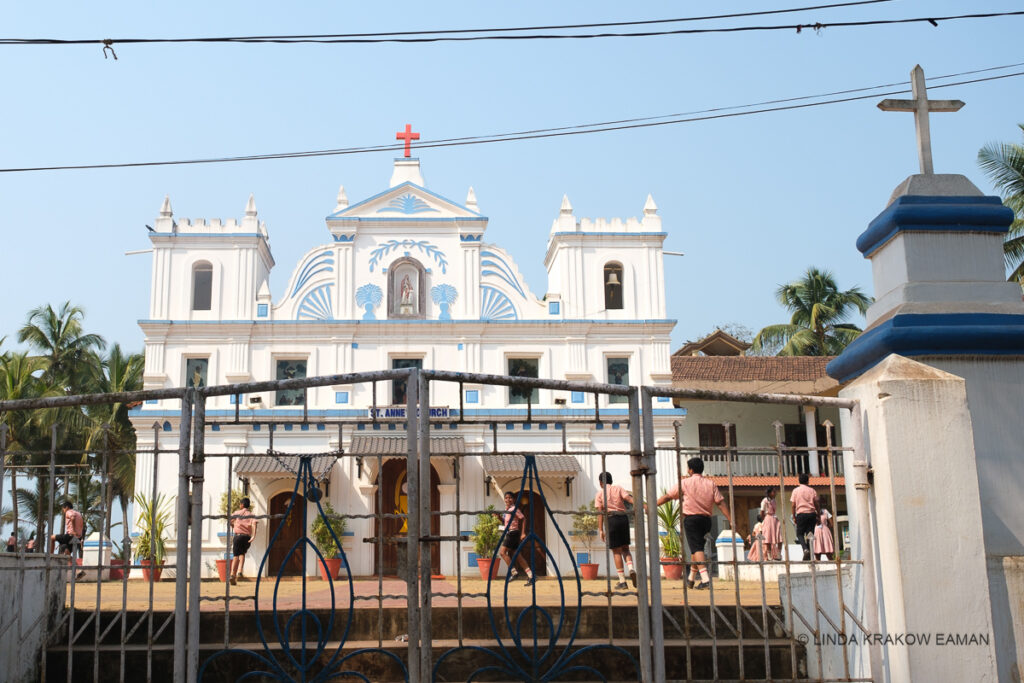
Colour, colour everywhere!
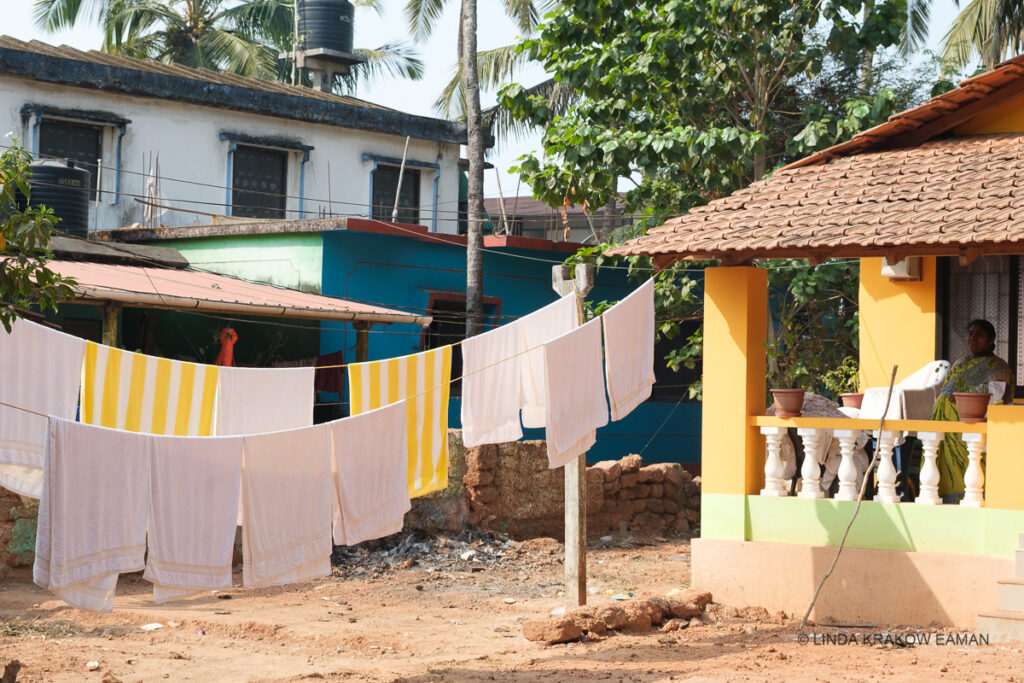
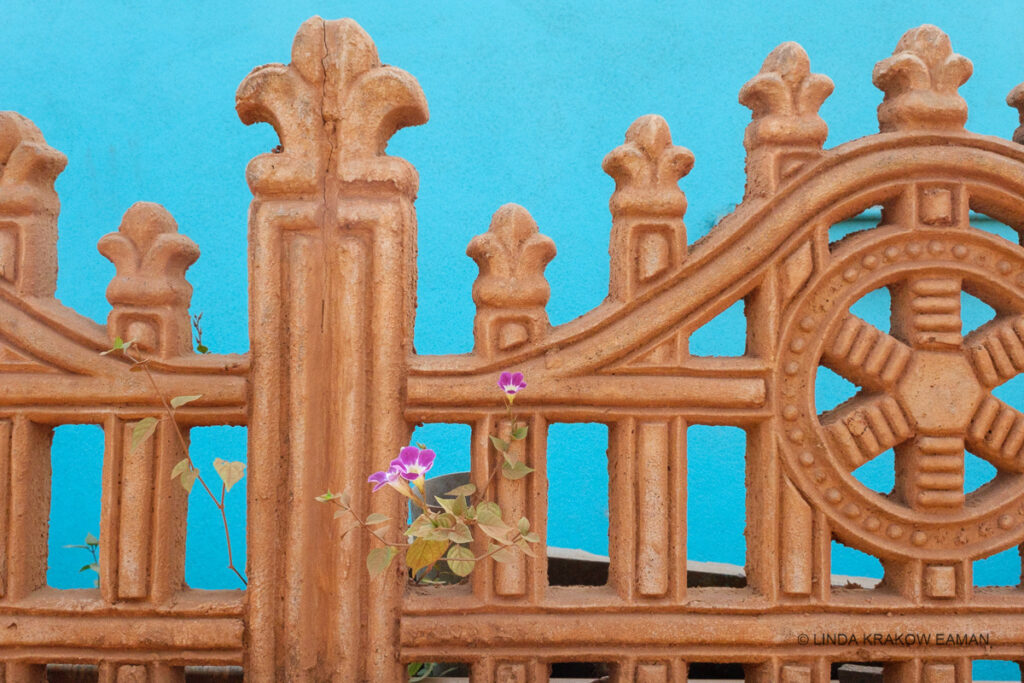
Backwater boating
A few days before my arrival, as Deb and Rob walked across the bridge, a man called up to them from the water asking if they wanted to go boating on the backwaters, the brackish rivers and canals that run inland from the sea. So one morning we got up before sunrise and made our way to the water. Our guide Melvin had grown up along the backwaters. He seemed to appreciate the lush paradise, and knew the names of all the birds and plants. He explained that the coconut trees we saw everywhere had been planted years before to make Feni, the alcoholic beverage that is a Goan specialty.
With the palm trees towering overhead, and no sounds other than the birds and the outrigger canoe moving quietly through the water, it felt like we were inside one of my favourite children’s books, Maurice Sendak’s Where the Wild Things Are.


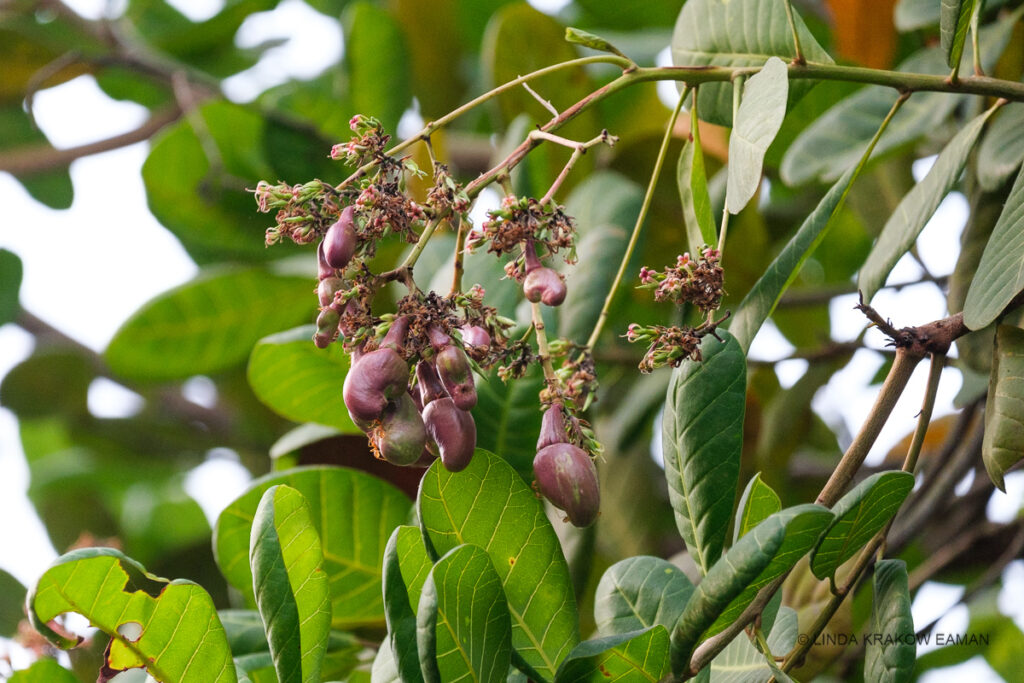

Wildlife
There were so many exotic birds! I didn’t have a very long lens with me, so good photos are few and far between. But I used the Merlin app to identify them by sound; one morning at dawn it recorded more than a dozen species: Crimson-backed and Purple Sunbirds, Coppersmith Barbet, Black-rumped Flameback, and others I had never heard of.


Also in the trees around us: Langurs, athletic monkeys with long (non-prehensile) tails.
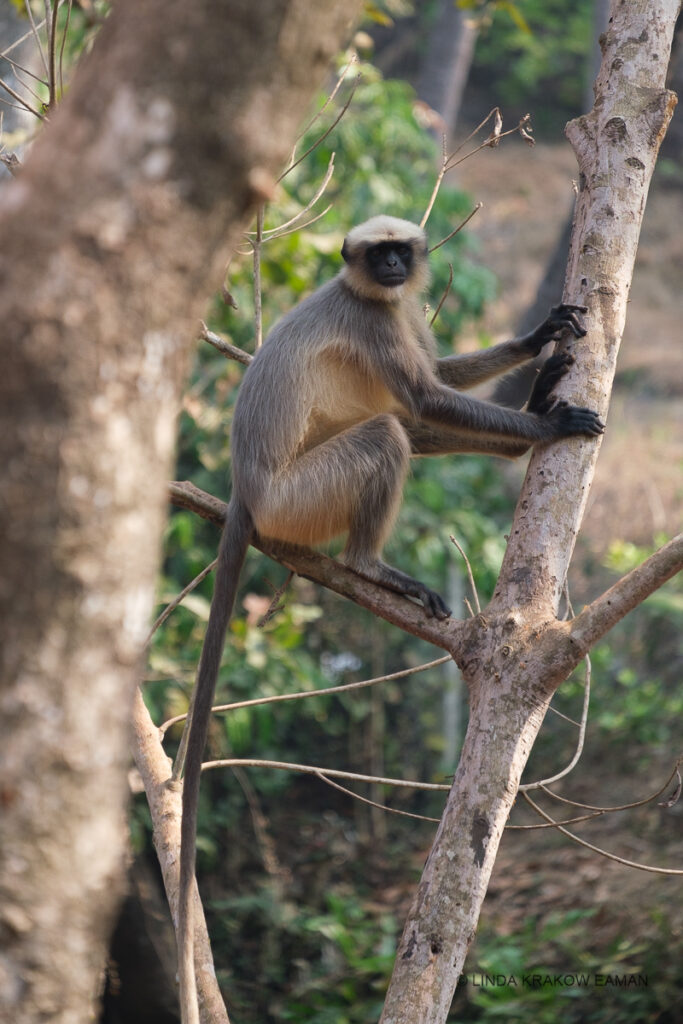
That’s enough for the first four days! More to come…
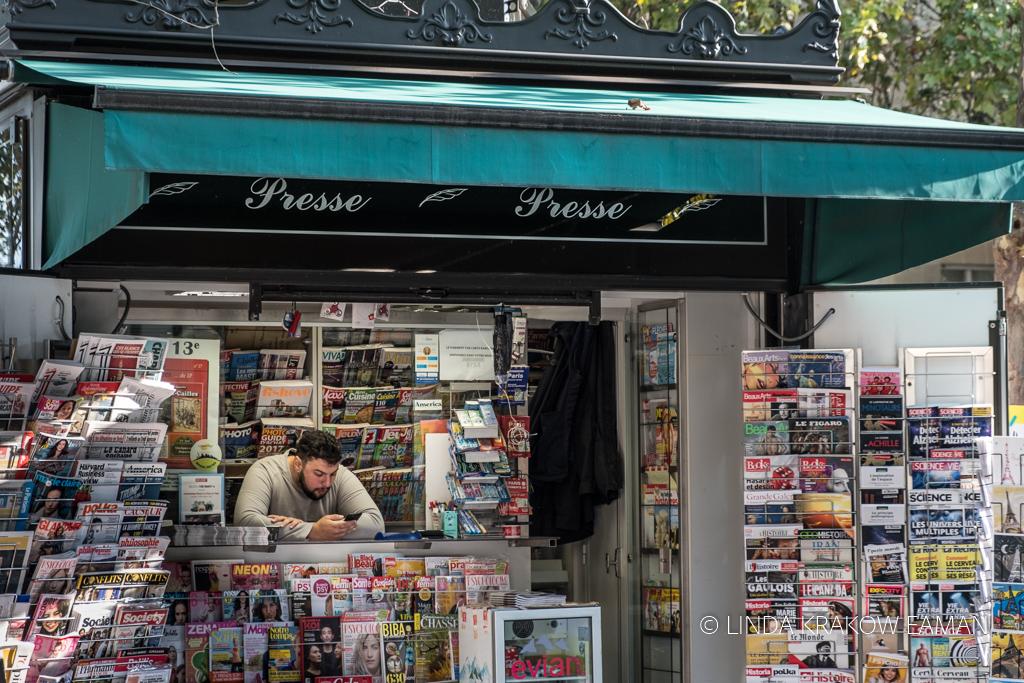
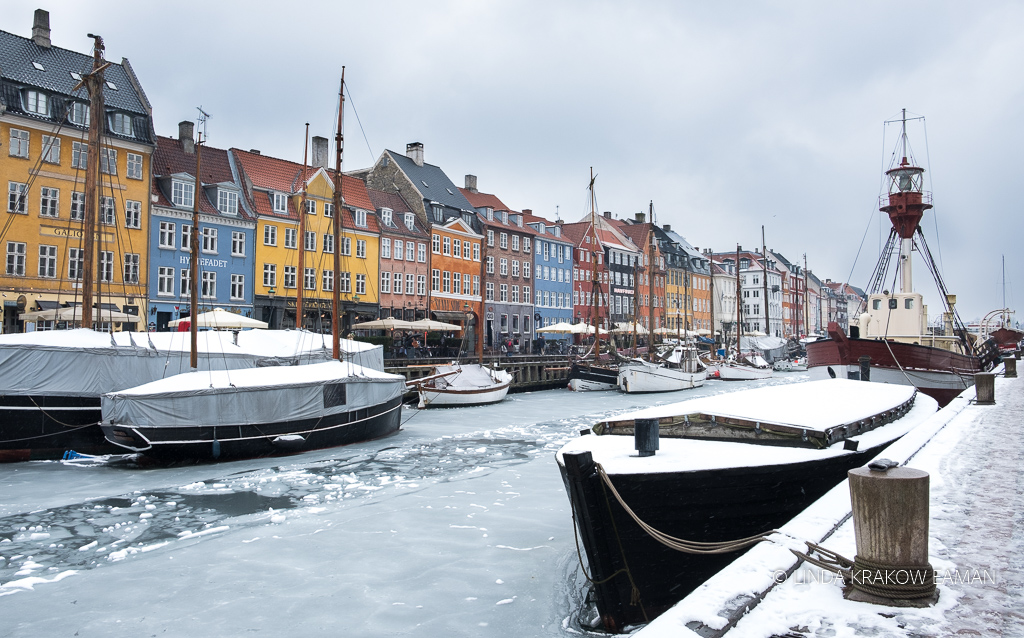
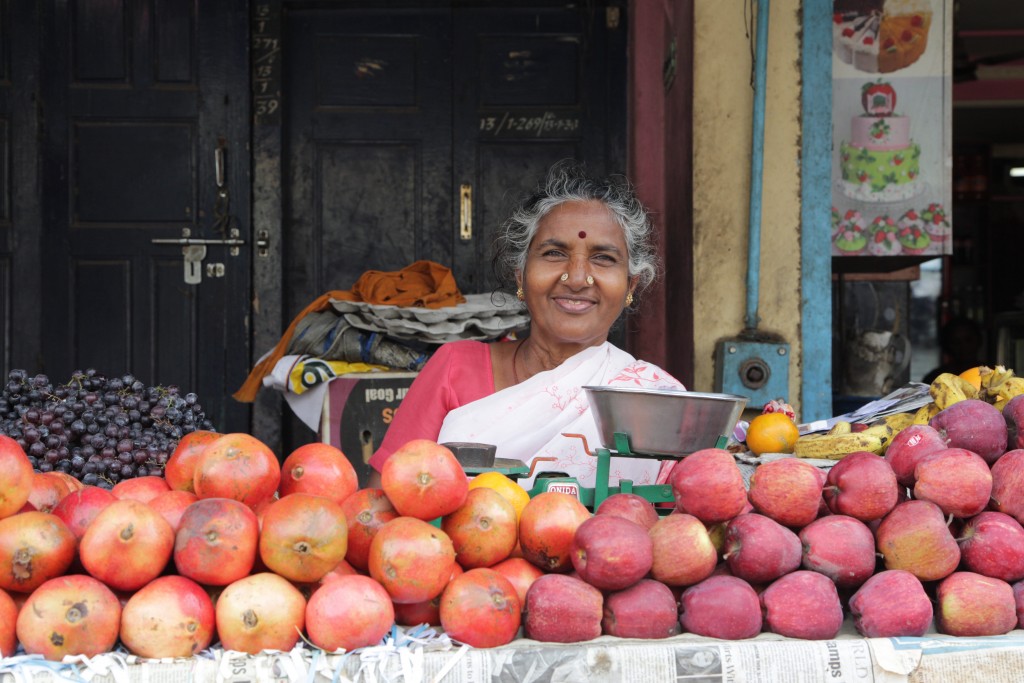
This is lovely. Thanks for sharing.
Thank you! Thanks for reading
Loving the sights and sounds of India
Thanks for following along!
You’ve captured the beauty of India! I’ve only travelled in Northern India, but would love to go back.
Thanks Karen! I’ve only ever been to the south… and I’d love to go back too 🙂